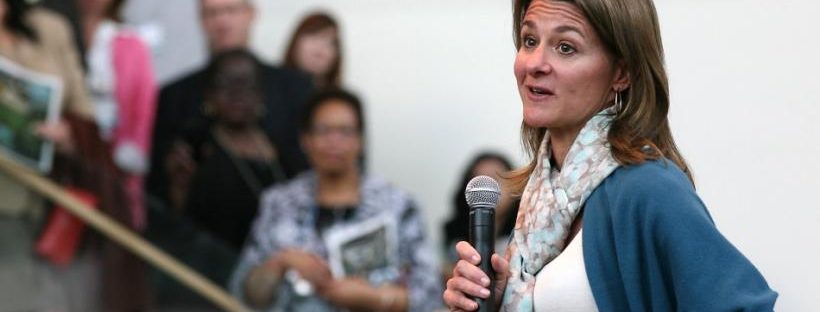Now that the season of giving is officially over, we are approaching the harshest time of year, when underprivileged, poor and homeless fellow Americans need our help the most. The average high [temperature] across the United States in January is 42° F and the average low is 27°, [making it[ the coldest month of the … Continue reading Can’t Stop the Giving
Donating: Is It the American Way?
In the United States, there are 1,429,801 tax-exempt organizations made up of 966,599 public charities; 96,584 private foundations; and 366,618 other types of nonprofits, including chambers of commerce, fraternal organizations and civic leagues, according to the National Center for Charitable Statistics. These [tax-exempt] organizations paid for 9.2% of all wages in [our nation last year] … Continue reading Donating: Is It the American Way?
The War on Poverty is Back; This Time, It’s the People’s Burden
Feeding America reports that 15.9 million kids [in the United States] under the age of 18, [or one in five], are unable to consistently access nutritious and adequate amounts of food necessary for a healthy life. Last month, Congress passed a sweeping "Farm Bill" that cut an additional $8.6 billion from SNAP, [or the] Supplemental … Continue reading The War on Poverty is Back; This Time, It’s the People’s Burden
To Give or Not to Give
Every day, we read about famous Americans supporting nonprofit organizations, [whether it's] Warren Buffett, the Bill & Melinda Gates Foundation, [the] Lilly Endowment, the Walton Family Foundation or the Ford Foundation. [Many wealthy] and middle-class Americans [alike] give because it is the right thing to do, and they do not need recognition because philanthropy is … Continue reading To Give or Not to Give
Charity is in Our DNA
Since the beginning of America, we have been a giving people. [I]n 1630, [Pilgrams] relied on each other to survive the harsh winters. The settlers raised each other’s barns, hosted quilting bees for the community, and built common areas in their towns. Benjamin Franklin, the founding father of American volunteerism, [...] gathered volunteers to sweep … Continue reading Charity is in Our DNA
Pet Care: Why Don’t We Care Every Month of the Year?
April has more pet-awareness events than any other time of year. It is the ASPCA’s Prevention of Cruelty to Animals Month, [the] American Red Cross’ National Pet First Aid Awareness Month, National Heart-worm Awareness Month, National Animal Control Officer Appreciation Week, National Pet ID Week, National Kids and Pets Day, National Hairball Awareness Day, World … Continue reading Pet Care: Why Don’t We Care Every Month of the Year?
Who’s Your Best Friend?
We at DollarDays noticed this year on our Facebook page that every time we posted a picture of a dog or cat, it was shared five times more than any other picture we posted. In this modern world of us all moving in so many different directions at such a high speed, why do people … Continue reading Who’s Your Best Friend?
Giving is Down, but Caring is Up
[In 2011], the people of the United States were ranked as the most generous in the world in terms of giving time and money to nonprofits, up from fifth place in 2010, according to The L.A. Times. [Approximately] 65% of Americans said they donated money to charity, 43% volunteered their time, and 73% helped a … Continue reading Giving is Down, but Caring is Up

